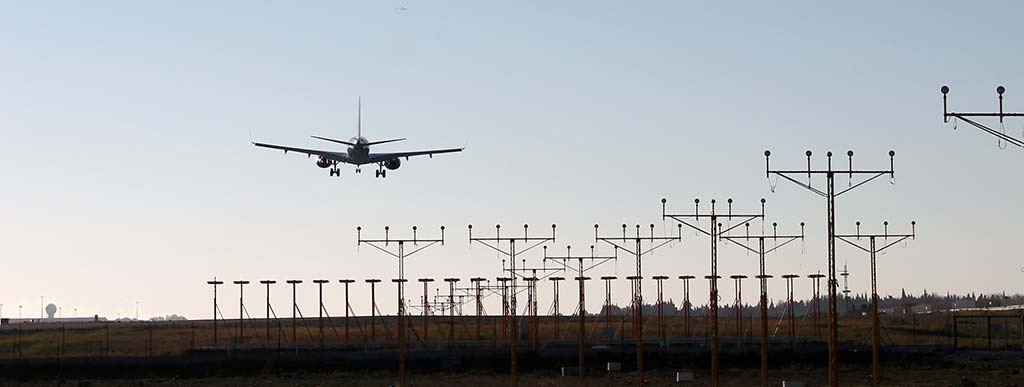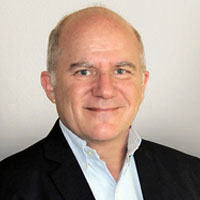
It is quite common to confuse the term “sustainability” with everything that has a colour akin to “green”. As opposed to what some people may sustain, there is no direct relationship between them. If we limit ourselves to the most common definition of the term, sustainability is a quality of development which ensures the present’s needs without compromising resources for future generations.
Multidisciplinary teams of professionals having an objective viewpoint are the ones who can provide the right balance to ensure a project’s sustainability.
Sustainability is essentially a committed way of thinking. It means a person, businessman, worker, entity or group undertaking a responsibility to create present and future well-being by properly managing all available assets. Using up a resource, whatever it may be, is never a good idea.
This notion fully applies to airports.
An aerodrome usually covers several hundred hectares, provides work to several thousand people, offers service to several hundred thousand passengers and houses several hundred self-employed people and all kinds of companies. They are driving forces of wealth and development for any region where they are located.
On the other hand, they also generate some externalities, including acoustic impacts, aircraft and vehicle pollution, the construction of buildings, traffic generation and can even change the geomorphology of the site and its surroundings in the most extreme cases.
In life, common sense is usually characterised by balance. It is precisely this quality that should preside over any decision taken with regard to developing an airport project, but all of the debate’s elements should be weighed up, not only those which are of interest to one party or other. Following along the same lines, neither is imposing criteria a good idea.
It is imperative to have a sustainability strategy from the moment the idea of creating or enlarging an airport is conceived to its day-to-day management once it is fully operational. One has to weigh up in each and every action, from the largest to the smallest, that much desired balance between the benefits an airport provides and the negative aspects it generates. Not only that, it is also necessary to foresee how those impacts will evolve and interact over time.
Three dimensions should be taken into consideration when tackling a sustainability strategy: the economic dimension, the social dimension and the environmental dimension. Which is most important? All three.
There is also a fourth dimension which tends to distort the balance among the above-mentioned dimensions: politics. We can include under this group the oligarchy’s interests, those of the “markets” (i.e. financial powers) and the desires of anti-system movements. All of these tend to be very far from the balances being sought and very close to their own interest.
It has been a long time since there were so many large airport projects under development simultaneously. Istanbul, Mexico, Beijing, Tokyo, Singapore, Jeddah, Rio de Janeiro and Dubai are just some examples of macro projects that need to be consistent with sustainable development. Unfortunately, they will not meet the same criteria, in so far each of the countries where they are being developed have different standpoints (and varying degrees of permissiveness) on the meaning of the term “sustainability”. The goals are different in each case.
That is precisely why it is especially important to be able to count on the qualified opinion of multidisciplinary teams of professionals which, due to their knowledge and experience, can provide objectivity to the sustainability debate on each of the actions foreseen in a project. That equanimity is what can ensure a balance is always reached.
At the end of the day, the aim is to be honest with future generations, as we mentioned right at the beginning.
And if we hear a politician mention the term “sustainable development”, the best thing to do of course is to turn a deaf ear in the certain knowledge that it has absolutely nothing to do with what we have discussed in this post.


